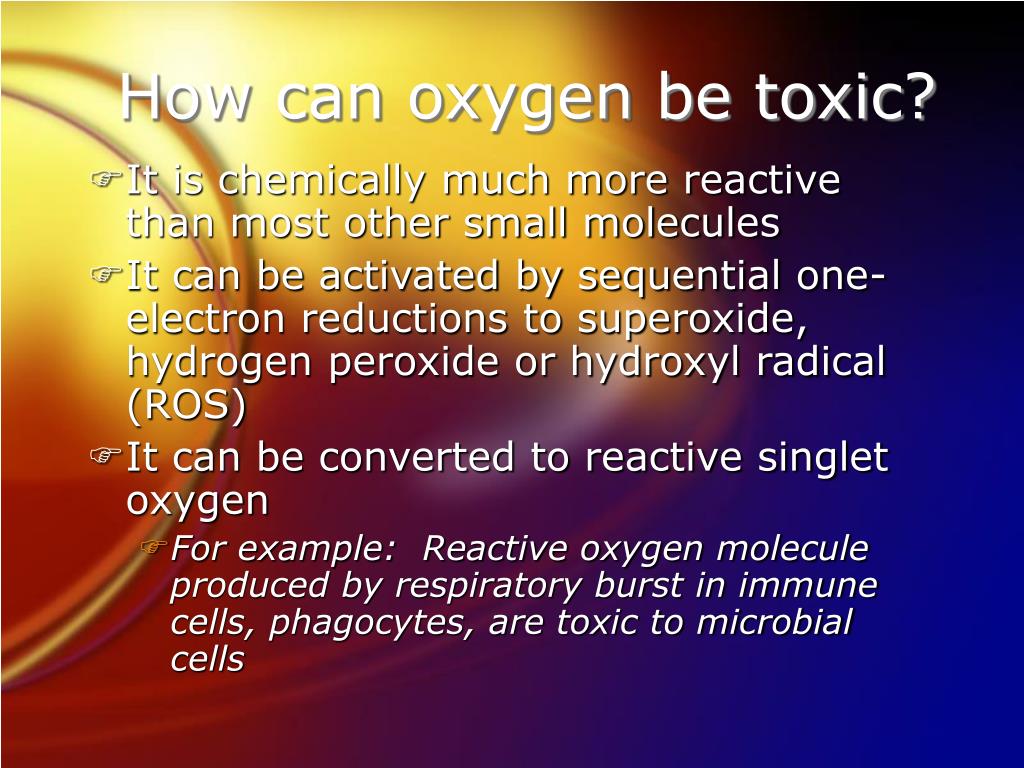
#Heme iron danger free#
The breakdown of non-heme iron often produces reactive free ions that may lead to gastrointestinal issues such as cramps, bloating, diarrhea, and indigestion. Non-heme dietary iron on the other hand must be converted into a usable form to allow absorption. Iron metabolism: Dietary heme iron is absorbed by the body without any modification, which is why foods and supplements containing heme iron are generally well tolerated.According to research studies, only 2-10% of the non-heme dietary iron is absorbed by the human body as opposed to about 20-40% of the heme iron. Non-heme iron on the other hand is not as easily absorbed and is not a preferred source of dietary iron. Therefore is considered a great source of dietary iron. Absorption: Heme iron is readily absorbed by the body.The chemical structure and metabolism of non-heme iron is fairly different from heme iron. Key Differences Between Heme Iron & Non-Heme Iron: Non-heme iron is also found in dairy products, eggs, most iron supplements, fortified foods, and miscellaneous sources (such as cooking utensils, water, soil etc.)


Iron is an essential micronutrient that must be consumed in recommended doses to maintain healthy body functions.


 0 kommentar(er)
0 kommentar(er)
